Ventilation in a wooden house: rules for providing a log house with an air exchange system
In low-rise construction, houses from timber or logs are now leading. Wood attracts with its affordability and environmental friendliness. Sensitivity to condensation and household moisture is quite justifiably attributed to its shortcomings, but well-organized ventilation in a wooden house will help minimize their harmful effects.
We will tell you how to form a stable air exchange in the structures from lumber. The optimal microclimate in the home is the key to health. In addition, in a wooden building, ventilation will help protect the structure from spoilage by the fungus and premature failure.
The content of the article:
Arguments for a ventilation device
Do I need a specially organized air exchange system in a wooden building as such? The opinion that wooden houses “breathe” does not give reason to completely abandon systems that remove excess moisture and exhaust air from the premises.
As in the construction of concrete and brick buildings, the construction of houses made of lumber uses technologies that reduce heat loss. Just instead of synthetic materials, natural seals from jute, linen, felt are used in interventional joints. Mineral wool is placed in the ceilings.

Insulated wooden building structures do not allow air masses to circulate naturally. In addition, builders and owners began to actively change the usual window and door frames to sealed plastic analogues.
As a result, fresh air does not enter and exhaust does not exit. The required amount of oxygen is not supplied to the inhabitants for breathing.On not dried wooden structures, mold fungus settles, with an amazing speed, destroying buildings.
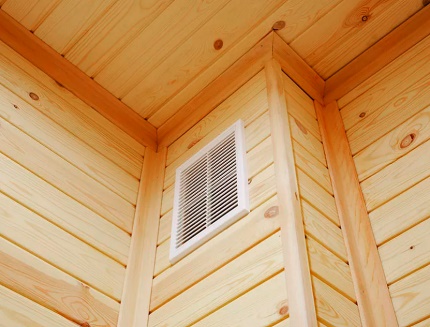
In addition, the tree perfectly absorbs moisture! If you do not deal with humidity, heat loss will increase at least twice. After all, water is an ideal conductor for thermal waves.
The tree really “breathes”, but not so much that the air exchange takes place in full without a specially organized ventilation system. Walls made of wood will not be able to fully divert household fumes. They will not provide the opportunity to remove suspended dust in the air with microorganisms.
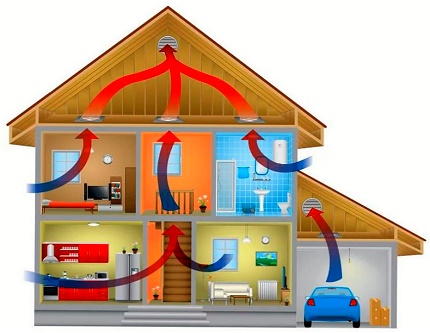
The organization of ventilation in the house from a bar or log will exclude the influence of the above negative circumstances on the living organisms and building structures. It is simply necessary to arrange a natural scheme, but you can also build an artificial one. And if supply and exhaust system also provide a recuperator, the exhaust air can be used to heat a fresh portion from the street.
Regulatory requirements for air exchange
The presence of ventilation should be provided even at the design stage of the house itself. The study of building codes (SNiP) is recommended for both independent builders and customers of construction crew services.
Not all migrant workers can be trusted, most have to be carefully controlled.
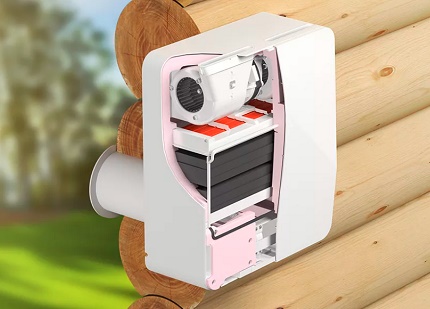
SNiP numbered 41-01-2003, which regulates the rules for the installation of ventilation and heating systems, fixes the standards for air circulation speed both in the building itself and in its individual rooms:
- for living rooms, living rooms, bedrooms, the norm is - 30 m3/hour;
- for kitchens and bathrooms, where humidity is high, the norm is from 50 to 70 m3/hour;
- for utility rooms the norm is 15 m3/hour.
Regardless of the type of ventilation system, it should provide a standard volume.
The designer's task is to select the type appropriate to the needs. It is also necessary to immediately determine the equipment and calculate the area of the ducts, if they are planned for use.
Varieties of ventilation systems
Ventilation systems are divided into groups according to the methods of inducing air movement and the type of action. Choose the best option depending on the tasks to be solved, the area and number of storeys of the building. To a large extent, the financial possibilities of the future owner influence the choice.
Motivation classification
For wooden houses and log cabins, the following types of ventilation are most often used:
- Natural (gravitational). It provides for the presence of ventilation outlets (vents) and an exhaust channel that form the circulation of the air flow based on the laws of physics. It should be borne in mind that the rate of natural air exchange depends on weather factors, because movement is possible only if the air density outside the window is higher than inside.
- Artificial (mechanical). In it, the movement of air flows is stimulated by fans installed either in the supply components or in the exhaust ones. Its undeniable plus is the stability of work in any weather. The mechanical system is completely independent of the physical parameters of the air mass outside the house and inside.
- Mixed (combined). In fact, it is a modernized version of the natural type of ventilation. To organize it, either a hood or an inflow is mechanized with a fan. If you put an exhaust fan, then the inflow is carried out in a natural way. And vice versa: the supply with a fan, the hood - natural.
It is important to consider the layout of the wooden house in order to properly make ventilation, both natural and artificial. The determination of places for vents, exhaust hoods and individual air ducts directly depends on where the kitchen and bathrooms will be located. Exactly in them exhaust openings are located.
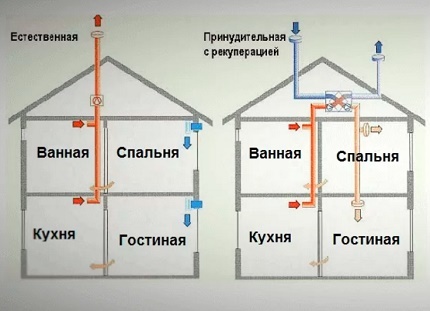
The exhaust ducts in private homes are most often brought to a common ventilation shaft. Therefore, kitchens with baths and toilets are usually grouped in one zone. However, there are other solutions, for example, the disposal of waste mass through the duct to the attic or directly through the wall exhaust valve to the street.
If you plan to build a complex architectural form, many owners of wooden houses choose an artificial air exchange system. The mechanical scheme does not oblige to arrange the components of the system at a certain height and tie kitchens with bathrooms to each other.
Operational Division
It is also necessary to distinguish ventilation systems by type of action, namely:
- Supply. Provides efficient operation of the entire ventilation system, designed for the supply of air inside. Pumped by fans supply ventilation fresh air displaces the spent mass out through exhaust openings arranged in the bathroom, kitchen, toilet.
- Exhaust. Ventilation hoods are in any house / apartment. They can be with fans and without them. In order to be able to adjust the air exchange rate, the hoods are equipped with valves, dampers or fans that operate from the mains. If the fan runs in the hood, then fresh air itself enters the replacement of the remote one.
- Supply and exhaust. Mechanical traction is provided not only by exhaust and intake fans, but also by the construction of air ducts. The effectiveness of these systems has been proven in large wooden houses. Those. where naturally air exchange is difficult or impossible to produce.
Despite the fact that in the supply and exhaust systems the fans work both in the exhaust and inlet, usually only one direction is used. The owner of the house always has the opportunity to choose what to use more intensively.
Ventilation forced-air and exhaust installation can be equipped with a control device, which makes it possible to adjust the air speed indoors. The downside is that such equipment is quite expensive, and its installation requires specialized tools and certain qualifications.
Now the owners of wooden houses prefer the supply and exhaust air exchange system with the possibility of recovery.
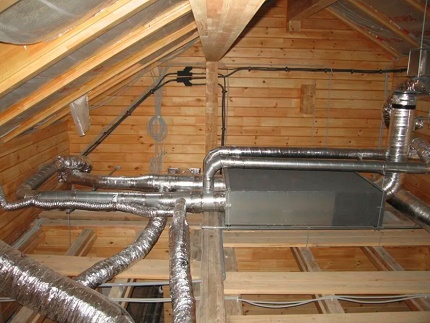
However, this option has both advantages and disadvantages. Firstly, it must be understood that additional equipment will be required to prepare the air before delivery and to utilize the exhaust air mass. All devices are volatile, which means they need power supply, the cost of which will have to be paid.
As components will be involved:
- air intake fan;
- electric heater;
- humidifier;
- filtration system;
- sound insulation systems.
In the presence of recuperated systems you can refuse an electric heater, since it is a priori equipped with a heat exchanger. It uses the exhaust air removed from the room for heating.
Hence the main advantage - home owners can significantly save on energy consumption. In addition, such a ventilation system can be used in the summer when you need to cool the air and use air conditioning.
The rates of air circulation of the supply ventilation systems are the highest. They can be used for heating and for cooling the premises of a wooden house, but you will have to invest significantly financially.
Ventilated floor device
An important component of the organization of air exchange in the log house is the ventilation of the floor, foundation and lower corners of the log house. The system will dry the lumber of the base of the house, which means it will protect the entire building from decay and fungus.
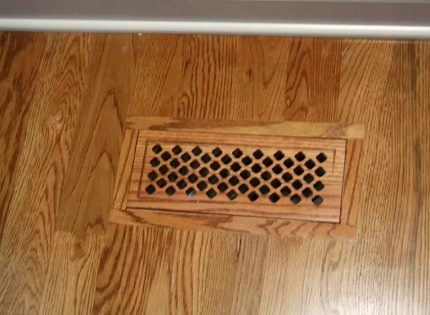
Basic principles and rules of ventilation of the base:
- The device holes-air (diameter - 10 cm) from the windy and opposite sides of the base of the log house. The distance from the ground to the center of these holes should be at least 33 cm.
- The construction of the floor in a floating pattern with gaps around the perimeter of the premises. The gaps are not tightly covered by the skirting board, so that the air entering the products can freely exit.
- Formation of ventilation openings in the floor structure that communicate with the underground. They are covered with grilles, arranged if not natural floorboards were used as the flooring, but linoleum, carpet, laminate and similar air-tight material.
In the frosty period, the products selected in the basement or basement are closed with shutters that significantly reduce air exchange, and in the summer they are placed on them.
The distance between the products themselves is about 2 meters, if the house is located in a lowland. If the log house is high, then this distance should be increased, since the wind increases, and hence the intensity of the blow.

Particular attention should be paid to the air exchange system of attics and attic rooms, on which the condition and durability of the roof largely depend. Ventilation of the attic and attic will increase the total amount of vents to 500th of the total area of the whole house.
To organize natural air exchange in the attic or attic, pediment ventilation and dormer windows are arranged. The type of ventilation structure is selected based on the shape of the roof. It is clear that in pitched variants it is easier to arrange an opening in the pediment, hip and tent are equipped with dormer windows.
In order to divert the exhaust air mass, ventilation shafts will be required. They are most often planned in the center of the building, closer to the ridge. In the summer, ventilation shafts can be equipped with fans, so the entire system will be provided on hot, calm days.
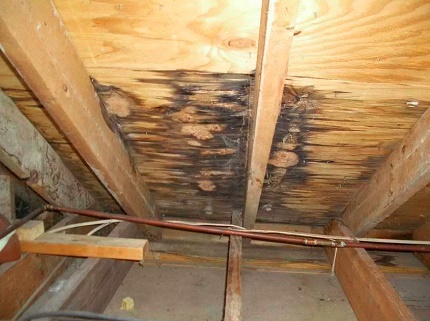
Roof ventilation requires careful attention to the following nuances:
- Between the insulating layers, insulation and roofing, it is necessary to leave gaps of 3-5 cm.
- The indicated distance is provided by the device of the crate and counter-crate.
- Thermal insulation from the inside should be protected by a vapor barrier.
- The insulation layer in the roofing cake must be protected from the outside with waterproofing, separated from the roofing by a ventilation gap.
Compliance with established norms and rules is necessary for the development of a competent project ventilation in a private house. Knowledge of building standards and pre-prepared drawings will help to do without designers, and at the same time achieve the goal - to keep a wooden house in a suitable condition for living.
Air conditioners against natural air exchange
Can air conditioners replace the natural circulation of air masses in a room?
Any, even the most expensive, climate systems are significantly inferior to simple ventilation. Want to think fast in order to maintain your performance? Ventilate the room more often, and even better do not save on the ventilation system, since, for example, in winter it is not always possible to open the window for a long time.

All split-systems have two blocks that operate synchronously:
- External - it is a compressor that condenses the refrigerant;
- Interior - This is a radiator that heats the air circulating around it forcibly.
Air that will subsequently be cooled is also taken in indoors. It means that split- the system cools and passes through itself the same air masses.
Some models also take street air, including, however, its amount does not exceed 5%, so oxygen, even in this case, does not enter the room in the proper amount. The price of such innovations is much higher than standard technologies, but they do not solve the task.
Conclusions and useful video on the topic
The conclusion suggests itself, the ventilation system is an integral part of wooden houses:
If you understand in advance how to properly make ventilation in the log house and organize it correctly, the construction will last without any problems for many years.
Tell us about how you arranged a system of stable air exchange in your own house, built of timber or logs. Share technological nuances that may be useful to site visitors. Please leave comments in the block form below, post photographs on the topic of the article, ask questions.

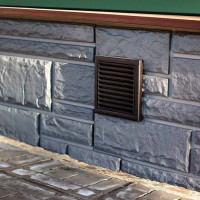 Natural ventilation in a private house: rules for arranging a gravitational air exchange system
Natural ventilation in a private house: rules for arranging a gravitational air exchange system 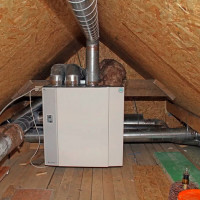 Ventilation in a two-story private house: options for organizing trouble-free air exchange
Ventilation in a two-story private house: options for organizing trouble-free air exchange 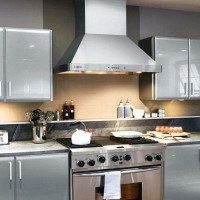 Ventilation in houses with gas stoves: rules and regulations in the organization of stable air exchange
Ventilation in houses with gas stoves: rules and regulations in the organization of stable air exchange  Cottage ventilation: options for organizing an air exchange system + device rules
Cottage ventilation: options for organizing an air exchange system + device rules 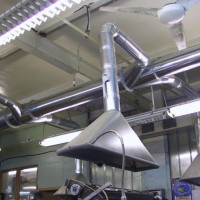 Ventilation of industrial premises: rules for the organization of air exchange
Ventilation of industrial premises: rules for the organization of air exchange 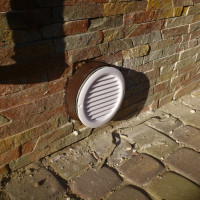 Ventilation of the foundation of the house: rules and options for organizing air exchange
Ventilation of the foundation of the house: rules and options for organizing air exchange  How much does it cost to connect gas to a private house: the price of organizing gas supply
How much does it cost to connect gas to a private house: the price of organizing gas supply  The best washing machines with dryer: model rating and customer tips
The best washing machines with dryer: model rating and customer tips  What is the color temperature of light and the nuances of choosing the temperature of the lamps to suit your needs
What is the color temperature of light and the nuances of choosing the temperature of the lamps to suit your needs  Replacement of a geyser in an apartment: replacement paperwork + basic norms and requirements
Replacement of a geyser in an apartment: replacement paperwork + basic norms and requirements